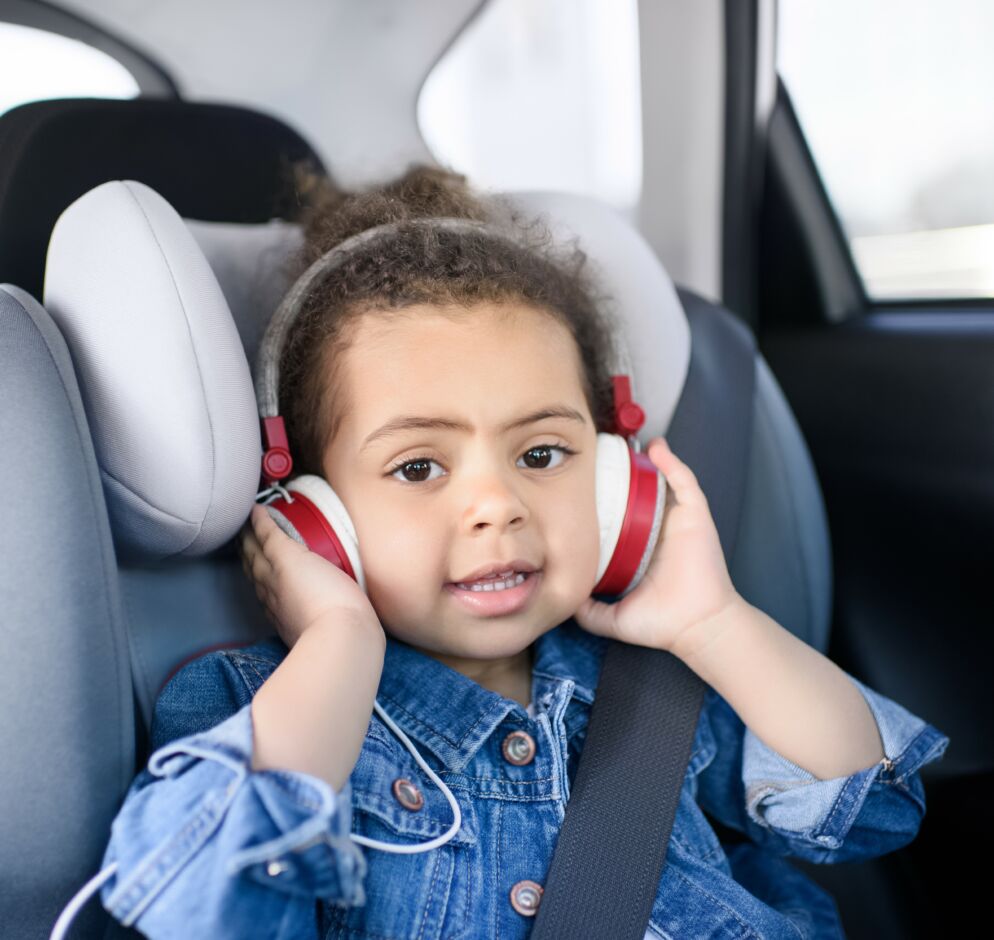
The lights are buzzing. The air conditioner is whirring. There’s a pop song on the radio. Someone outside is having an argument. You can’t think, but you need to respond.
When the brain is overwhelmed by the senses, it reacts like it would to any other threatening situation, causing feelings of panic and a sense of danger. Sensory overload occurs commonly in people who have autism, according to the Child Mind Institute (CMI), a nonprofit focused on the mental health of children.
Parents of children who are autistic will gain a sense for when their child is overstimulated and learn as their child grows about what kinds of sensory input are too much for them.
It’s important to note that while sensory issues are considered a symptom of autism, other people can experience sensory issues, too. Sensory issues may also be felt by people who have attention-deficit/hyperactivity disorder (ADHD), obsessive compulsive disorder (OCD), developmental delays or no diagnosis at all, according to CMI.
Other than limiting exposure to overwhelming situations, what can parents do? You can’t predict every loud sound, strong perfume or rough bus seat. But what you can do is prepare a sensory-safe kit.
Building Your Kit
Start by making a list of the most common things that overwhelm your child. Is it people talking? Is it a certain food texture?
Next, pick a bag. It’s important to involve your child in this step because the bag you use should be something they feel comfortable carrying and like.
Choose the contents of the bag according to which sensations bother your child and which comfort them. Here are some ideas.
For Sound
Earplugs and over-ear headphones are great for some situations, but when you need to hear someone close to you, there’s another option. Filtered earplugs block out some of the noise but still allow a child to hear when people close to them are speaking.
You can also prepare good sounds. For some children, there are sounds that feel just as good as other sounds that feel bad. Does your child like the clicking sound of a computer mouse? The sound of running sand? Throw an old computer mouse, fidget toy or children’s hourglass into the bag. Music and earbuds are also a good option to prepare.
For Touch
The textures that are pleasant for one child may not be so for another, so there is no one-size-fits-all approach. Does your child have a stuffed animal they like? Get a smaller version of the same one for travel! If your child likes the feeling of silk, lace or cotton, put a sample in the bag.
Texture toys are abundant online; some are gloves, others are handheld for squeezing and others are a bit like a beanbag! For a homemade toy, you can even use a funnel to fill a balloon with sand, rice or beans.
For Taste
Pack a couple of reliable, safe foods when you’re getting ready to go out. A “safe food” in this case refers to a food that always tastes and feels the same. For example, a certain brand of chicken nuggets or a specific cereal bar.
For Sight
If your child is sensitive to bright lights, flashing lights or bold colors, it may be a good idea to pack sunglasses, an eye mask or a hat with a brim.
Eye masks for migraines are comfortable, typically adjustable and can also be kept
in the fridge or freezer to keep them cool.
On the go, you can wrap them around an icepack.
For Smells
While candles are often heavy, wax melts are light and carry the same smell. If there’s a scent your child finds comforting—like cotton, storms or pine—including a meltable wax cube might not be a bad idea.
A sheet of scratch-and-sniff stickers is also a handy tool.
To stop bad smells, a mask with a filter, like those worn to prevent the spread of COVID-19, can also help filter out strong scents when properly fitted. Nose clips, like those for swimming, may also be an option for short periods of time.
If neither of those is an option, move to a well-ventilated area and instruct your child to take slow, deep breaths through their nose.
For more information about sensory issues, visit childmind.org or understood.org.







